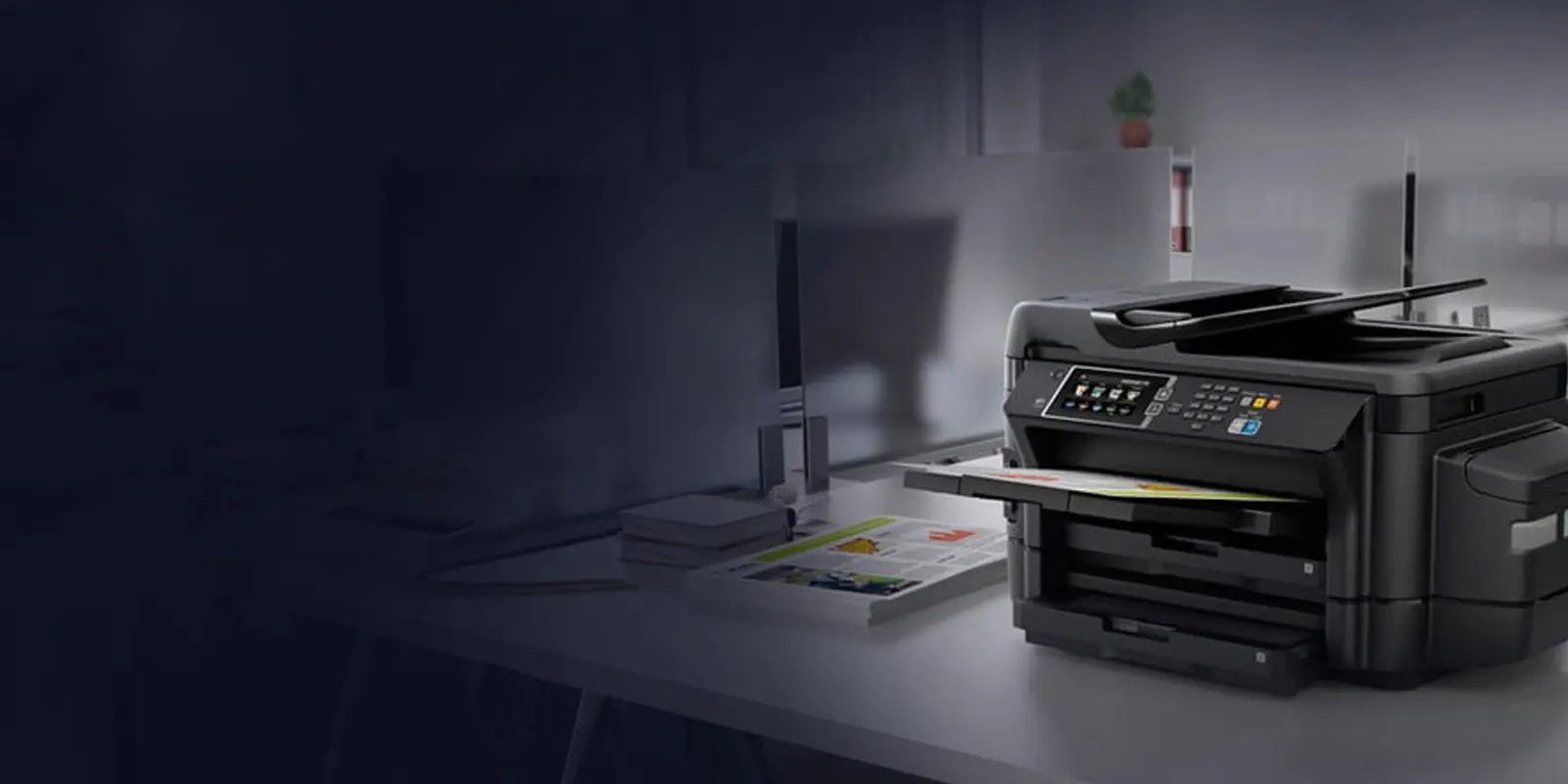Printers are essential tools in both home and office environments, serving as the bridge between the digital world and physical documents. However, like any machine, printers require regular maintenance to ensure optimal performance. Neglecting your printer can lead to a host of issues, including poor print quality, slow printing speeds, and unexpected breakdowns. Fortunately, with a little effort, you can perform DIY maintenance to keep your printer running smoothly. Here’s a comprehensive guide to help you maintain your printer effectively.
Regular Cleaning
One of the simplest and most effective ways to maintain your printer is to keep it clean. Dust and debris can accumulate in and around your printer, affecting its performance. Here’s how to clean your printer:
- Exterior Cleaning: Wipe down the exterior with a soft, lint-free cloth to remove dust. Avoid using abrasive cleaners that can scratch the surface.
- Interior Cleaning: Open the printer and gently remove any paper scraps or dust inside. Use a can of compressed air to blow out any dust from hard-to-reach areas, such as the rollers and printhead. Always ensure the printer is powered off before doing this.
- Printhead Cleaning: If you notice streaks or lines in your printouts, your printhead may be clogged. Most printers come with a built-in printhead cleaning function accessible through the printer settings. Run this utility to clear any blockages.
Keep Software Updated
As mentioned in the previous guide, keeping your printer’s software and drivers updated is crucial for optimal performance. Manufacturers regularly release updates that enhance functionality and fix bugs. Check for updates periodically through the manufacturer’s website or the printer’s software suite.
Regularly Check Ink and Toner Levels
Nothing can be more frustrating than running out of ink in the middle of an important print job. Regularly check your printer’s ink or toner levels, and replace cartridges when they are low. Many printers have built-in notifications that alert you when levels are running low. Keeping spare cartridges on hand can save you from unexpected downtime.
Manage Your Print Queue
A cluttered print queue can slow down your printer’s performance. Regularly check the print queue and remove any stalled or unnecessary print jobs. If your printer is slow to respond, a jammed print queue could be the culprit.
Use Quality Paper
The type of paper you use can significantly affect your printer’s performance. Always use high-quality paper that is compatible with your printer. Using the wrong type of paper can lead to jams, misprints, and damage to the printer. Refer to your printer’s manual for recommendations on suitable paper types.
Perform Regular Test Prints
To ensure your printer is functioning correctly, perform regular test prints. This not only helps you check print quality but also allows you to identify any potential issues early on. If you notice any problems during test prints, such as color discrepancies or poor quality, investigate the cause before it escalates into a more significant issue.
Organize Cables and Connections
A tangled mess of cables can lead to connectivity issues. Keep your printer’s cables organized and ensure they are not damaged. Check connections regularly to make sure everything is plugged in securely. If your printer is wireless, ensure it is connected to the correct network and that the signal strength is adequate.
Store Your Printer Properly
If you need to store your printer for an extended period, take the time to prepare it. Power it down, unplug it, and cover it to protect it from dust. Store it in a cool, dry place, and avoid exposure to direct sunlight or extreme temperatures, which can damage internal components.
Conclusion
Maintaining your printer doesn’t have to be a daunting task. With these simple DIY maintenance tips, you can keep your printer running smoothly and efficiently. Regular cleaning, checking ink levels, and managing your print queue are all effective ways to prevent problems before they arise. By taking the time to perform these maintenance tasks, you can extend the lifespan of your printer, improve its performance, and ensure that it continues to serve you well for years to come. Don’t wait for issues to arise—be proactive and give your printer the care it deserves

